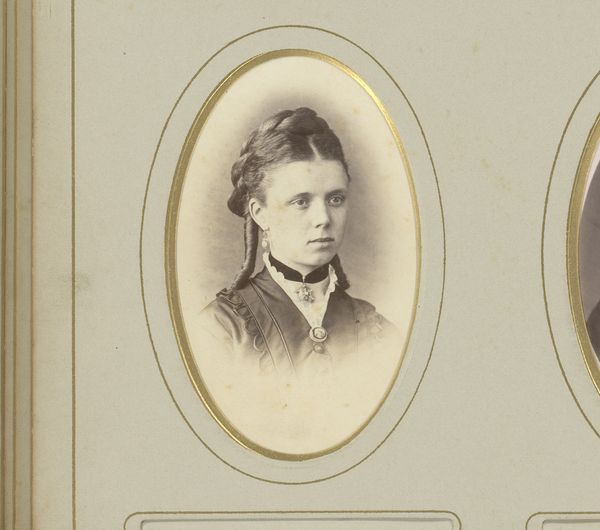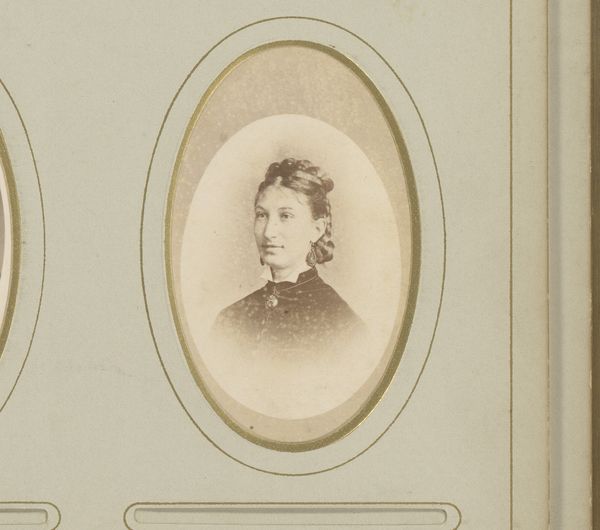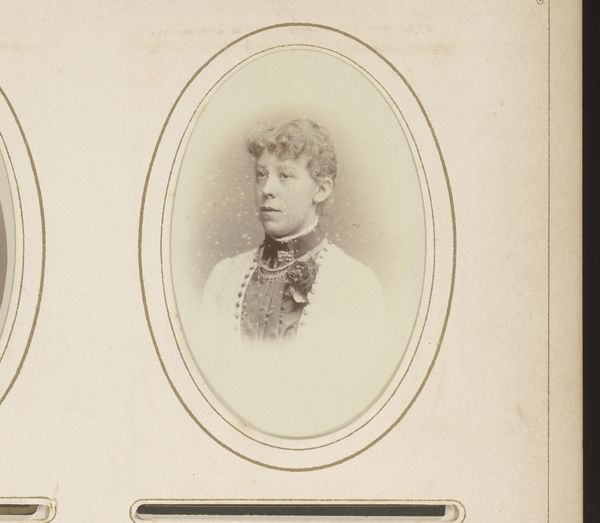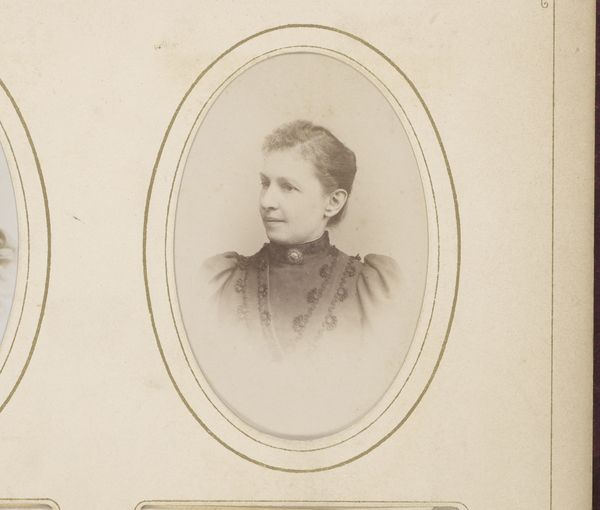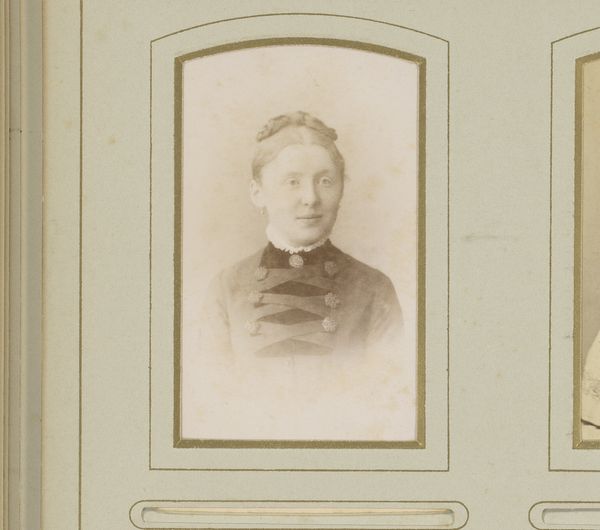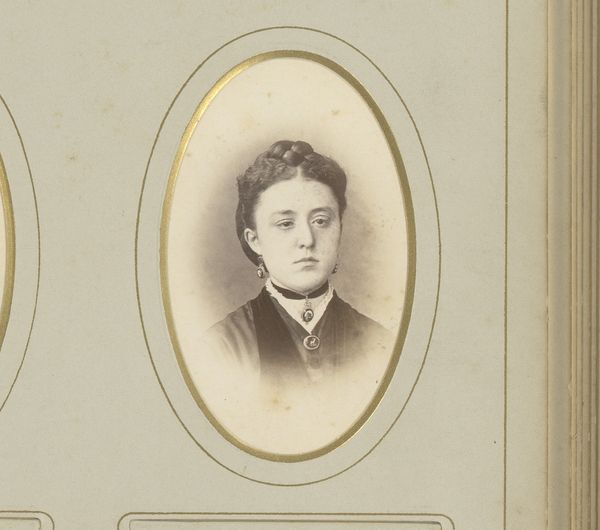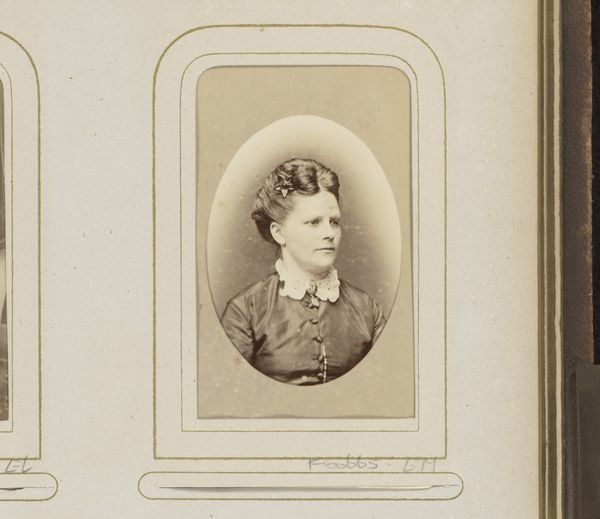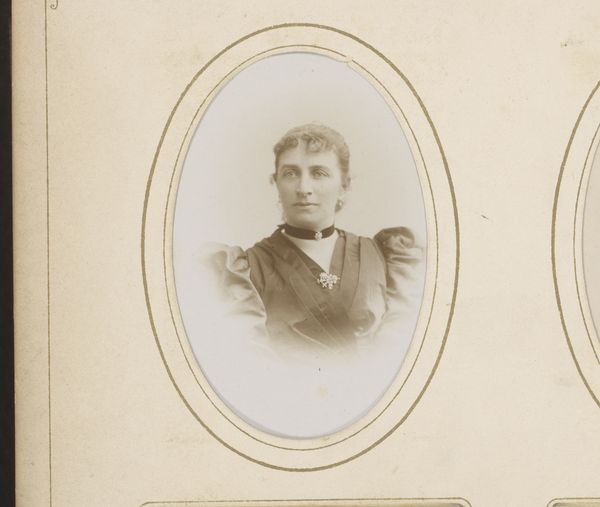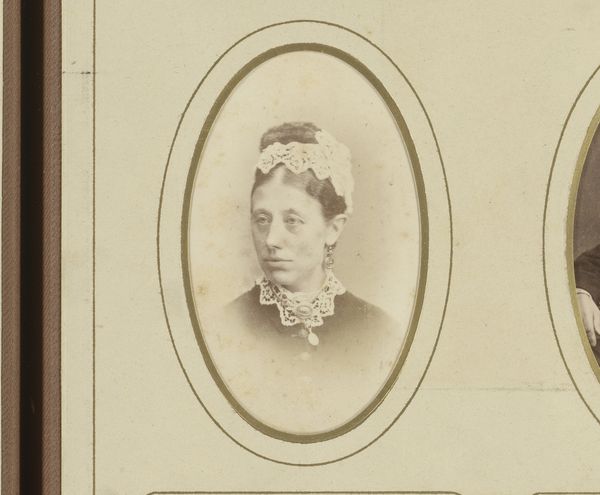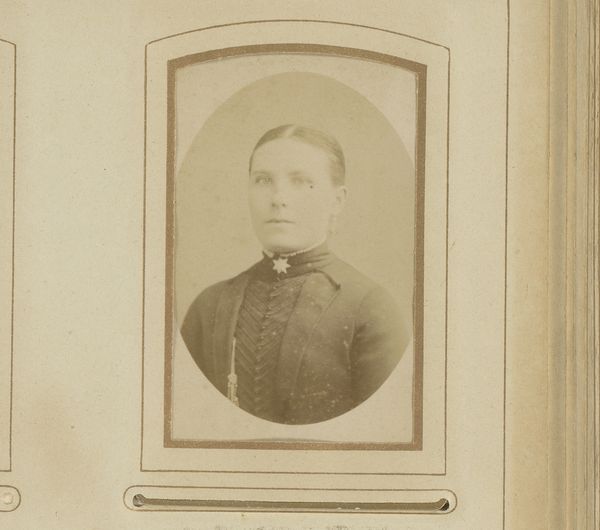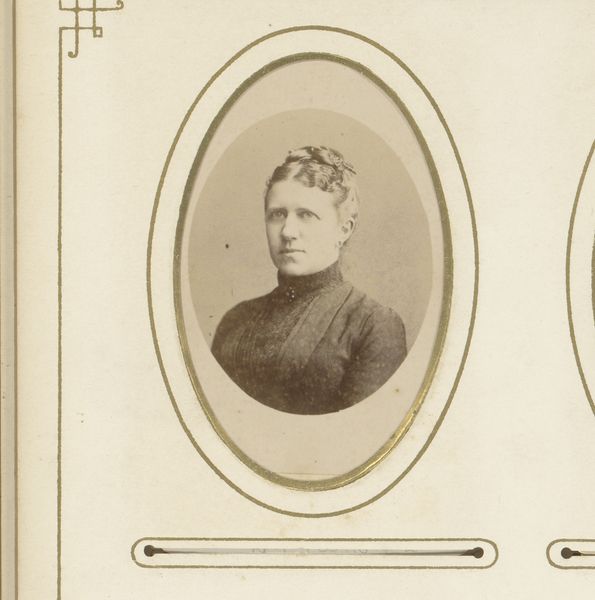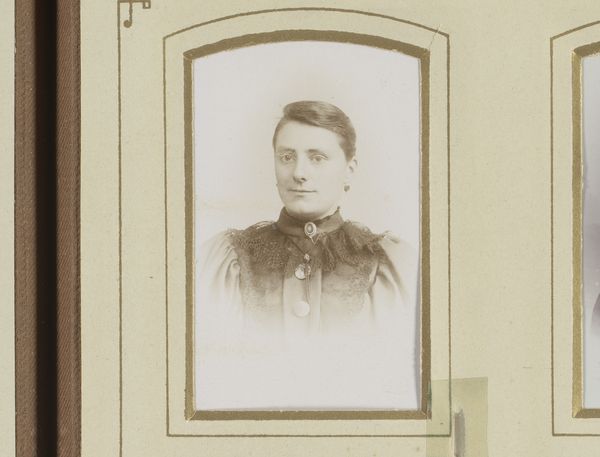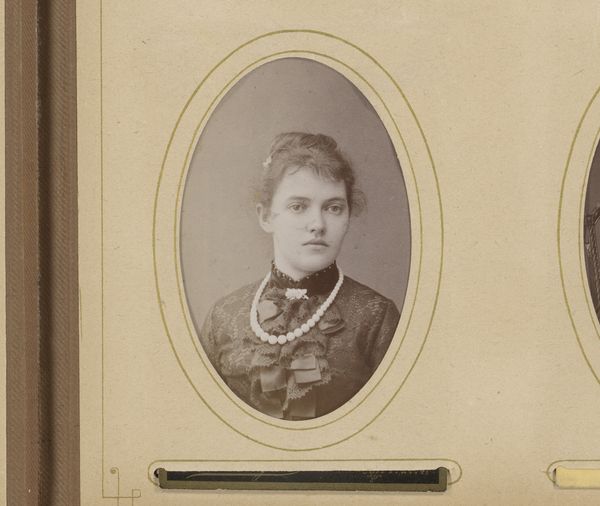
daguerreotype, photography
#
portrait
#
daguerreotype
#
photography
Dimensions: height 85 mm, width 51 mm
Copyright: Rijks Museum: Open Domain
Editor: Here we have Louis Désiré Dupont’s "Portret van een vrouw," created around 1882-1883. It's a daguerreotype, a very early form of photography, so the image itself has a ghostly quality. What can you tell us about this work? Curator: The choice of the daguerreotype is crucial. This process was incredibly labour-intensive and reliant on specific materials – silver-plated copper, mercury fumes. The creation of such a portrait speaks volumes about the subject’s social standing, or, perhaps, the aspirational status of the photographer. Editor: So the very *making* of it signals class, almost regardless of who is in the portrait? Curator: Precisely. And consider the implications of capturing likeness at this time. Photography democratized portraiture, yes, but also shifted artistic labor. We have to examine who had access to this technology and how they were using it. Is this challenging traditional portrait painting, or is it reinforcing existing social hierarchies, through the photographic act itself? Editor: I hadn’t thought of photography in that way. The choice of medium makes a huge difference in how we understand the artwork’s purpose. Curator: Absolutely. Think about the gold frame – another material marker of value and taste in that era. The sitter’s own labour in dressing for the photograph, also something to think about, right? Editor: Right, everything visible indicates social conditions of possibility in order to create such photograph! It makes me realize there's more to a portrait than just likeness. Curator: Indeed. It’s about unearthing the networks of labor, consumption, and social ambition embedded within the image. A deeper look shows that it challenges simple notions of art.
Comments
No comments
Be the first to comment and join the conversation on the ultimate creative platform.
